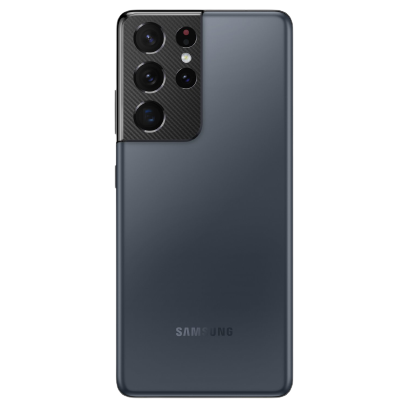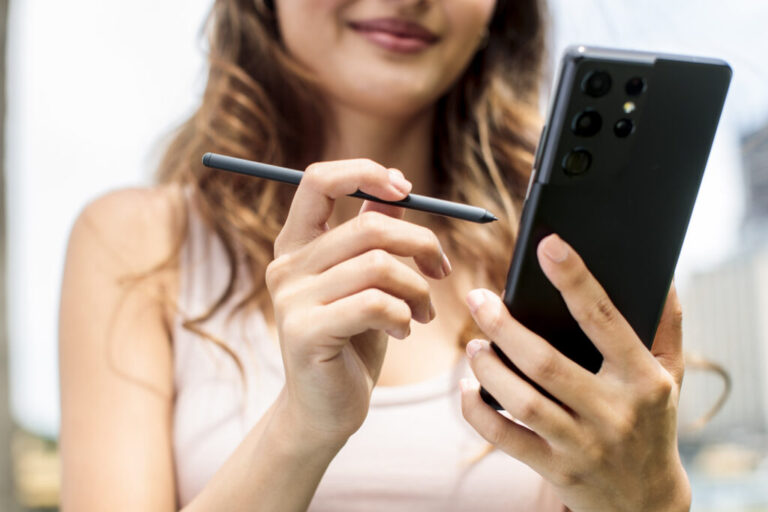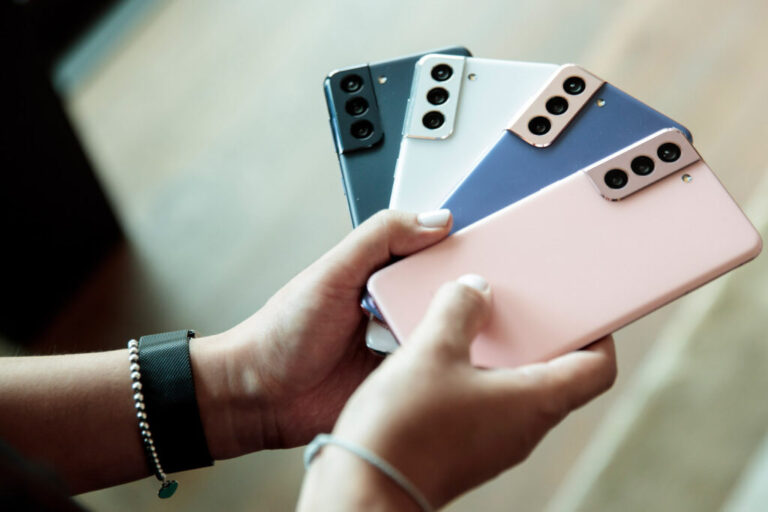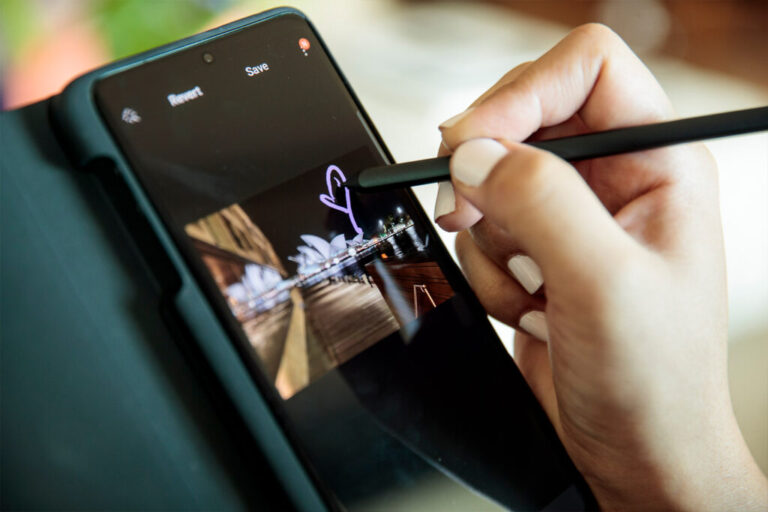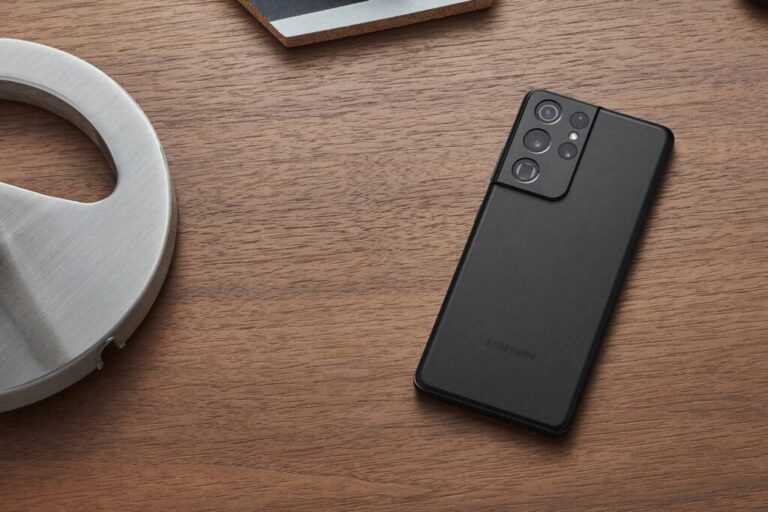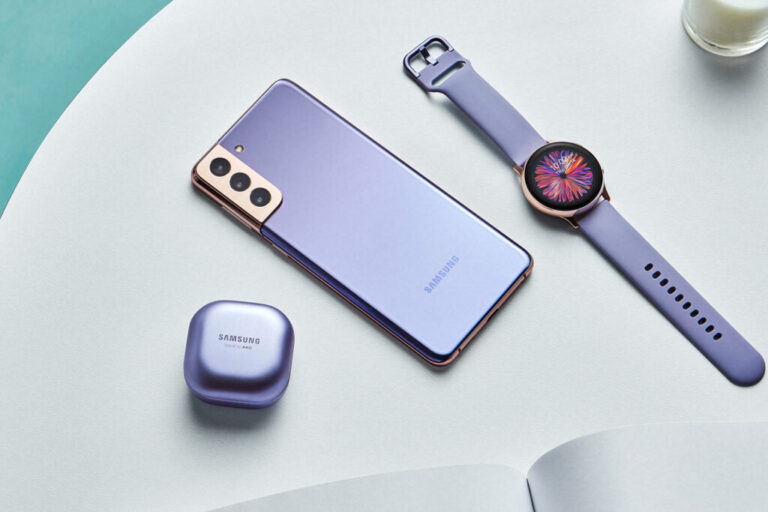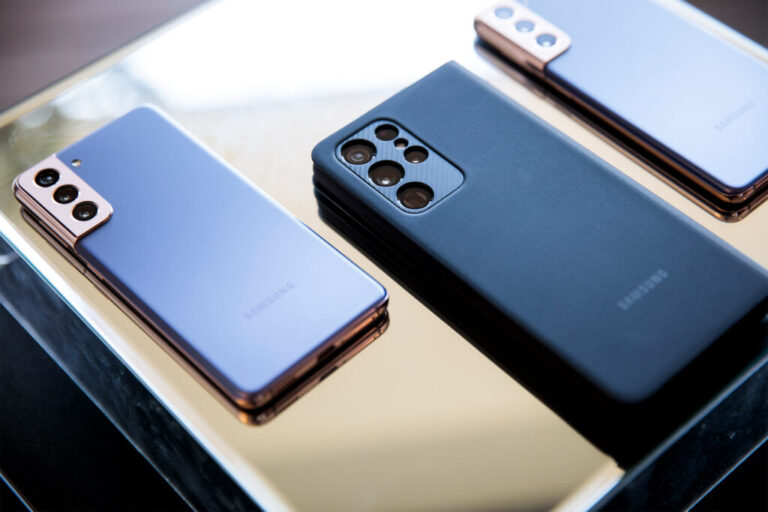Optus Mobile Review ALDI Mobile Review Amaysim Mobile Review Belong Mobile Review Circles.Life Review Vodafone Mobile Review Woolworths Mobile Review Felix Mobile Review Best iPhone Plans Best Family Mobile Plans Best Budget Smartphones Best Prepaid Plans Best SIM-Only Plans Best Plans For Kids And Teens Best Cheap Mobile Plans Telstra vs Optus Mobile Optus NBN Review Belong NBN Review Vodafone NBN Review Superloop NBN Review Aussie BB NBN Review iiNet NBN Review MyRepublic NBN Review TPG NBN Review Best NBN Satellite Plans Best NBN Alternatives Best NBN Providers Best Home Wireless Plans What is a Good NBN Speed? Test NBN Speed How to speed up your internet Optus vs Telstra Broadband ExpressVPN Review CyberGhost VPN Review NordVPN Review PureVPN Review Norton Secure VPN Review IPVanish VPN Review Windscribe VPN Review Hotspot Shield VPN Review Best cheap VPN services Best VPN for streaming Best VPNs for gaming What is a VPN? VPNs for ad-blocking Here’s everything you need to know about the Galaxy S21.
Cheaper launch price than S20 Adaptive refresh rate S-Pen support for S21 Ultra A few compromises to build and power No 4G model
As expected, the new Galaxy S21 has an upgraded triple-lens camera array, improvements to AI-powered photo processing hardware, a full-metal build, more durable glass, and an upgraded display with a variable refresh rate (48-120Hz) and support for the S-Pen with the S21 Ultra. Every device now supports 5G too, which is a welcome change. Lastly, there’s the updated look. Not everyone’s going to love Samsung leaning into the infamous camera bump, but at first glance, it seems a little easier on the eyes. Whether it’s just as cumbersome or not, we won’t know until we get our hands on the device. What does all that mean? It’s a more durable Galaxy with software upgrades that result in photography improvements for things like bokeh (the soft blurring of out-of-focus backgrounds). Most notable is perhaps the inclusion of S-Pen support for the S21 Ultra, something traditionally reserved for the Note range. The Wacom-developed S-Pen can be used with the S21 Ultra, but it’s sold separately. The other huge difference is the price at launch when compared with last year’s Galaxy S20 range. The Galaxy S20 5G 128GB launched at $1,499 in Australia, whereas the entry-level Galaxy S21 128GB costs $1,249, which is $250 cheaper. The cut costs result in a few minor downgrades, like slightly lower resolution in the display, and a little less RAM (12GB to 8GB), though that might not be that big of a deal (more on that further down).
Starting at $1,249 Up to $2,149 at the premium Ultra end Cheaper launch price than S20
Perhaps the biggest surprise is Samsung’s reduced launch prices across the range. Compared with last year’s 5G variants, the S21 Plus 128GB is $100 cheaper than the S20 128GB, the S21 Ultra is $150 cheaper than the S20 Ultra, and the Galaxy S21 is $250 cheaper than the Galaxy S20 was at launch. Here’s the full list of Galaxy S21 range prices in Australia. As expected, the entire range of Samsung Galaxy S21 plans are available through Telstra, Optus, Vodafone, and Woolworths Mobile. Telstra, Vodafone and Woolworths all have their own launch pricing and deals, but each carrier will throw in a pair of Galaxy Buds when you pre-order. Galaxy S21 and S21 Plus plans come with last year’s Galaxy Buds Live, whereas Galaxy S21 Ultra pre-orders come with the new Galaxy Buds Pro. For more details on the best plans for each device, check out our guides below:
The best plans for the Samsung Galaxy S21 The best plans for the Samsung Galaxy S21 Plus The best plans for the Samsung Galaxy S21 Ultra
Plastic back panel Six colour options on plan, eleven in total Nicer camera bump
Before launch, a leak suggested there would be 11 colour options in total, with some really vibrant choices in the mix. As we said at the time, it was unlikely that Australia would get all 11 colour options but the reality is far more boring than we predicted. Australia will be getting every colour of the S21, S21 Plus and S21 Ultra, but there’s a catch. If you’re buying on a plan, you only have have six colour options, at a stretch (Black/Grey and White/Silver are almost identical), whereas the the rest and, arguably, most interesting colours (Phantom Red, Brown, Titanium, Navy and Gold) are exclusive to Samsung’s online store. Here’s the full list of Galaxy S21 colours available:
Phantom Brown: S21 Ultra (Samsung Online exclusive) Phantom Navy: S21 Ultra (Samsung Online exclusive) Phantom Titanium: S21 Ultra (Samsung Online exclusive) Phantom Gold: S21 Plus (Samsung Online exclusive) Phantom Red: S21 Plus (Samsung Online exclusive) Phantom Black: S21 Plus and Ultra Phantom Silver: S21 Plus and Ultra Phantom Violet: S21 and S21 Plus Phantom Grey: S21 Phantom White: S21 Phantom Pink: S21
The other design change in the S21 is that the rear panel is no longer made of glass, rather polycarbonate plastic. This is being discussed as a downgrade by many, but the butter-fingered among us should be thankful for the step back.
Variable refresh rate: 48 - 120Hz Lower resolution than S20 Same size as last year (Ultra is a little smaller) A little brighter
There aren’t many changes to the display this year. The S21 and S21 Plus have remained the same size as the S20 and S20 Plus at 6.2 and 6.7 inches, respectively. The S21 Ultra is a fraction smaller this year, at 6.8 inches but also a little brighter at 1,500 nits peak brightness (compared to last year’s 1,400 peak). The S21 and S21 Plus have also opted for a lower resolution display, 2400 x 1080 compared to last year’s 3200 x 1440. But it’s worth repeating, the resolution isn’t everything. Both displays still boast last year’s tidy Full HD Dynamic AMOLED “Infinity-O” display, though this year’s version has opted for a variable refresh rate (48 - 120Hz), rather than a locked 120Hz, meaning the display will boost as high as 120Hz when the situation calls for it.
No major hardware upgrades from S20 No depth sensor on S21 Plus Software improvements across the board
Better camera, better processor, better display. That could be the pitch for just about every smartphone upgrade these days, but not the Galaxy S21. Samsung’s commitment to cutting the price means the cameras on the S21 and S21 Plus remain largely unchanged. Both devices still have triple-lens rear camera arrays with a 12MP Ultra-wide (F2.2. aperture) lens, a 12MP Dual-Pixel Auto Focus Wide-Angle (F1.8 aperture) lens, and a 64MP phase detection telephoto lens (F2.0 aperture) that boasts 3x hybrid optic zoom and a 30x digital Space Zoom. The S21 Plus actually loses the S20’s depth sensor, which is a shame, but it’s all in the name of matching the specs of the S21 and S21 Plus while maintaining the Ultra as the premium product. Which we’re fine with if it means driving the price down a little. The S21 Ultra has made a few more changes to its camera than the S20 and S21 Plus. Firstly, the telephoto lens is only 10MP now, but it has a wider aperture (F4.9) than the S20 Ultra (F3.5) which could be considered more important than megapixel count. The 108MP pro sensor has seen an upgrade, allowing to capture 12-bit HDR photos, and each lens is now capable of shooting in 4K at 60 frames-per-second (including the front-facing selfie camera) The Ultra also throws a much longer optical zoom, managing a 10x zoom with the phone’s hardware compared to the 3x zoom of the S20 Ultra. The digital 100x space zoom is still there too. The S20 Ultra’s Space Zoom has definitively labelled a gimmick when it first launched, but Samsung’s improvements to its AI-powered photo processing might make that feature a little more worthwhile.
Same 4,000mAh battery in S20 and 5,000mAh battery in Ultra Bigger 4,800mAh battery in S20 Plus USB-C charging No charging brick included
The battery of the S21 remains the same. It’s still a huge 4,000mAh lithium polymer battery, while the S21 Plus has gotten a small increase in battery size, from 4,500mAh to 4,800mAh. Though the biggest issue with the S20’s battery wasn’t so much the size, but the hit it took with 5G switched on. You have the option to switch 5G off, but most everyday consumers won’t know that when they first unbox their phone. Hopefully, the Galaxy’s new processor is better at balancing 5G connectivity and battery life than the model before it. The biggest news here is that Samsung has followed in Apple’s footsteps, completely removing the power brick from the box. So all you get is a USB-C to USB-A cable to use with your previous brick. This is far less egregious than Apple’s lightning to USB-C setup. But just like Apple, the eco-friendly marketing is overshadowed by the simultaneous release of a proprietary wireless charger. Both companies used the same excuse when they stopped including headphones in the box, while also promoting their own premium wireless earbuds. We’ll know more about the Galaxy S20’s real-world battery life once we’ve got our hands on the device.
Updated processor Less RAM 128GB and 256GB for S21 and S21 Plus 256GB and 512GB for S21 Ultra No expandable memory
Not every feature has fallen victim to cut costs. The Galaxy S21’s processor has been upgraded, which should result in better performance across the board, but is particularly relevant for photography, making up for the dip in camera hardware specs with beefier AI-powered post-processing. There is, however, less RAM in the S21 and S21 Plus than the generation prior, dropping from 12GB of RAM to 8GB in the S21 and S21 Plus (the Ultra is still packing 12GB in the 128GB model, and 16GB in the 512GB model). Broadly speaking, more RAM is typically a good thing and allows for smoother multi-tasking but the more important factor is how the operating system uses that RAM. The iPhone 12, for example, only has 4GB of RAM, but you wouldn’t know it because the iOS operating system is optimised to the eyeballs, allowing it to handle applications and data as efficiently as a device with more RAM. Once again, whether the drop in RAM is enough to impact day-to-day use is yet to be seen. It won’t likely make much of a difference for the everyday user, and we’d take a cheaper launch price over more RAM any day of the week. Lastly, there’s internal storage. Both the Galaxy S21 and S21 Plus are available in 128GB and 256GB, while the S21 Ultra is available in 256GB and 512GB. However, most notably, the entire S21 family has removed the MicroSD slot, effectively canning expandable storage. Expandable storage was one thing Samsung users have always been able to depend on, and its removal is going to ruffle some feathers amongst fans.
5G connectivity No more cheaper 4G models WiFi 6E
We bemoaned the need for a cheaper 4G handset when Galaxy S20 first launched. It just further complicated an already complicated market. And we praised the iPhone 12 for removing that element of choice. The illusion of 5G as a premium was paper-thin, particularly when most Australians couldn’t access it yet. We’re happy to report that, not only does the entire S21 range come with 5G but that even this year’s 5G models come cheaper than last year’s 4G options. The annual release cycle of smartphones has become such a boring slog, and I truly feel like people have had just about enough over the past few years. We’re seeing more interest in the mid-range market than ever, and with the financial devastation that 2020 wrought, the bravest move a smartphone manufacturer could make is drop the cost of their flagship smartphones. Sure, a few hundred dollars off an absurdly expensive smartphone isn’t going to win Samsung a Nobel Peace Prize, but it’s a step in the right direction. Here’s to looking good, and spending less. If you’re really looking to get down and dirty with the nitty-gritty technical specifications of the Galaxy S21, we’ve listed the tech specs below and stacked them up against the Galaxy S20 and the Galaxy S20 FE.
